When I say ‘experimental songwriting’, I’m referring to the act of pushing past the usual boundaries of composition. It’s about challenging yourself as an artist to craft music that refuses to fit neatly into pre-existing categories. This approach is not only about exploiting new sounds or structures but about redefining what a song can be.
The vitality of music often hinges on the breath of innovation. Experimenting with songwriting is how genres evolve and how artists leave their mark on the sonic landscape. As you explore these techniques, you’ll discover that to experiment is indeed to invigorate both your craft and the wider world of music.
In the following sections, I’ll share a spectrum of experimental songwriting techniques that stand as a testament to human creativity. From playing with song structure to embracing dissonant harmonies, you’ll gain insights into how artists bend musical norms.
These artists, like Bjork or Radiohead, are renowned not just for their musical skill but for their daring to be different. They have ventured where few had before and, in doing so, have expanded our collective understanding of what music can express.
So, as we step further into this exploration of songwriting, let’s be clear: it’s not just about the novelty or shock value. It’s about the promise of creating something that resonally truly original. This journey into experimental techniques will show you just how to shake the foundations of traditional music creation.
The Role of Unconventional Instruments in Song Composition
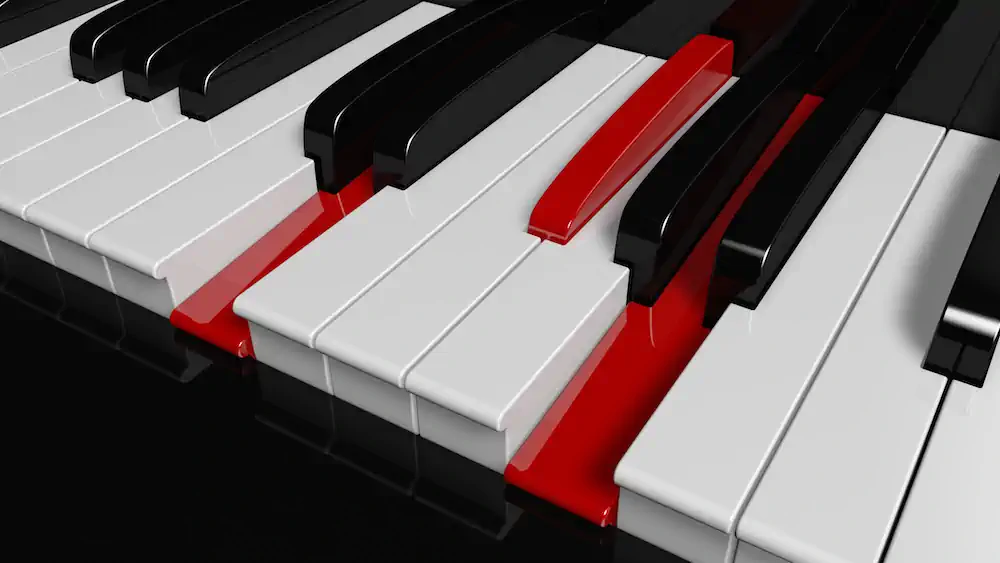
When I think about making waves in the music scene, I turn my attention to the sounds that set a song apart. Unconventional instruments play a key role here. Instruments like the theremin, hang drum, or even homemade devices can inject fresh life into music composition. They are the unsung heroes that can take a tune from familiar to fascinating.
Consider how the ethereal wail of the theremin defined the sound of space-age pop, or how the hang drum has added a new layer of sonic depth to acoustic performances. It’s not just about the novelty; it’s about the emotions and atmospheres these instruments can evoke.
Some of the most memorable songs have been built around the charm of something atypical, like the didgeridoo in rock music or the use of steel pans in jazz. These choices can create a sonic identity that is instantly recognizable.
For adventurous songwriters, the construction of an instrument offers yet another layer of customization. Crafting your own instrument, be it through circuit bending or woodworking, not only results in unique sounds but also imbues the music with a personal touch that can’t be replicated.
Using these out-of-the-ordinary instruments isn’t just for show. It opens up a treasure trove of new rhythms, textures, and sounds that can redefine a genre. The Clash’s incorporation of a diverse range of sounds paved the way for new wave bands, while Bjork’s use of the reactable showcased the potential of electronic music.
The impetus to integrate unconventional instruments pushes musicians to explore and inevitably leads to the fusion of genres. This boundary-crossing results in entirely new music landscapes, where a folk melody can be enhanced by a digital synthesizer, creating an enchanting juxtaposition.
Lyric Writing Outside the Box: Innovative Approaches to Storytelling

I stray from the beaten path when it comes to lyrics. Traditional structures, with their predictable rhymes and clear narratives, are left behind. The goal is to surprise the listener, to forge a connection through the unexpected.
Consider breaking molds with novel lyric patterns. Songs don’t always need verses that lead into choruses followed by a bridge. I might start with a powerful monologue, insert a spoken word section, or even let the lyrics follow a stream of consciousness that defies conventional song sections.
I examine themes and narratives that stray from cliches. Why stick to the usual tales of love and loss when I can pen lyrics about the nuances of quantum mechanics or the socio-political implications of a technologically advanced society? The content of my songs can be a reflection of diverse, at times complex, subject matter.
Utilizing literary devices such as allegory, satire, or paradox is a tool I employ regularly. Lyrics can be cryptic, posing riddles or offering multiple interpretations. They might tell a story backwards or use irony to juxtapose the song’s mood with its message.
In an era where everyone can share their voice, I sometimes choose to involve my audience directly in the songwriting process. Through social media, I might crowdsource a line or ask for thematic inspiration, making the creation of the song a shared experience.
Now, how can I take these avant-garde lyrical pathways and pair them with melodies that are just as innovative? In the upcoming section, I’ll dive into harmonic experiments where melodies blur the lines between the familiar and the abstract, enticing the listener into uncharted musical territories.
Harmonic Experiments: Pushing Melodic Boundaries
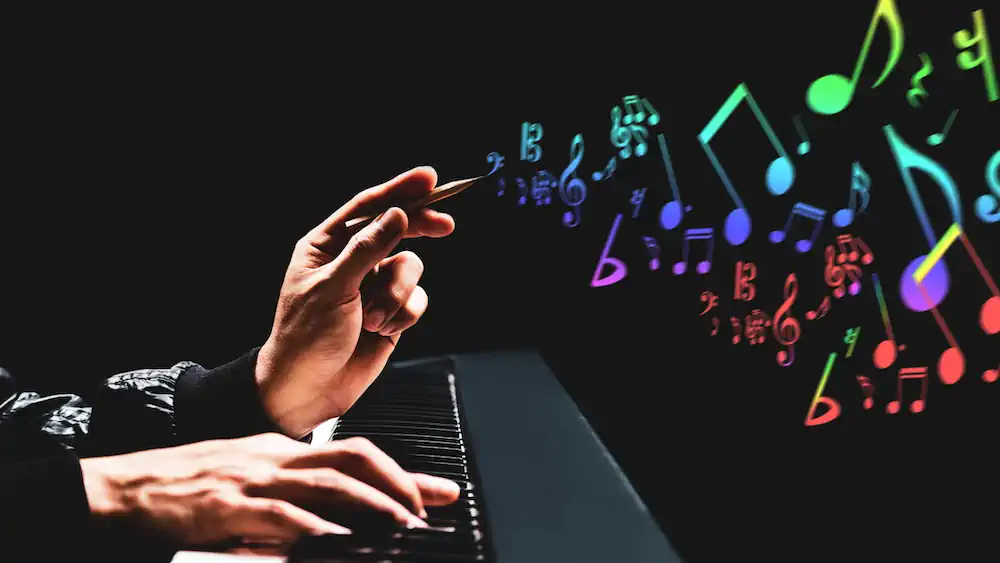
The heart of a song often lies within its melody. But when I speak of harmonic experiments in songwriting, I refer to a willingness to travel beyond common scales and the typical do-re-mi sequence. This is where microtonality enters the conversation. It’s about the nuances in pitch that exist between the black and white keys on a piano. Utilizing such ‘in-between’ notes can evoke an array of emotions not normally accessible with conventional harmony.
Think of harmonic progression as a narrative. Just like a story doesn’t always follow a linear path, music doesn’t have to be confined to standard chord sequences. When songwriters explore chord progressions that avoid the expected path, they open up a world of new emotional landscapes. It’s like painting with a different set of colors—colors that the listener may never have heard before.
Intentionally incorporating dissonance can also be a powerful tool. While traditionally dissonance has been something to resolve or avoid, it can create a tension that reflects a song’s emotional timbre. Imagine listening to a song that perfectly captures the feeling of anticipation or uncertainty through its use of unstable harmonies.
Numerous songs have become iconic precisely because they defied harmonic conventions. From the Beatles’ innovative use of modal interchange to Radiohead’s fluid tonality, there are countless examples to draw inspiration from. These musical pioneers showed us that there’s a vast universe of harmonic possibilities waiting to be explored by those willing to reach for it.
Moving on to rhythm, many artists too have dared to step out of the common time signature to create something entirely new. In the next section, ‘Rhythm and Groove Reinvention: Finding the Beat Beyond 4/4,’ we’ll see how altering something as fundamental as the backbone of music can create unexpected and innovative results.
Rhythm and Groove Reinvention: Finding the Beat Beyond 4/4
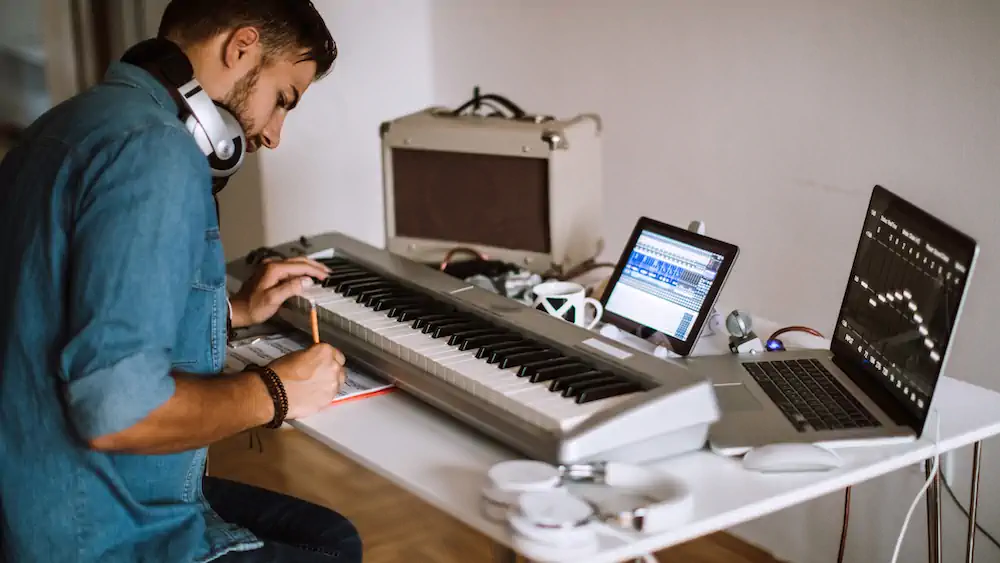
When I think about rhythm, I often remind myself that it’s the spine of any song. It lays the foundation for groove, sway, and the eventual head-nodding that comes with a great track. But who says you have to stick to the common 4/4 time signature? I’m sure you’ve felt the predictability of that beat; so why not mix things up?
Complex time signatures can infuse a piece with a sense of novelty, challenge listeners, and offer fresh new grooves. Think about a song in 7/8 or the intricacy of a 5/4 beat. These are not just for the music theory enthusiasts; they’re ripe for any songwriter aiming to stand out. The result? A sonic landscape that’s as unexpected as it is engaging.
Let’s talk polyrhythms and cross-rhythms. By overlaying multiple rhythms, you can create a rich tapestry that pulls listeners into a more complex web of sound. This is where your song stops being just a tune and starts becoming an experience.
Playing with tempo isn’t off-limits either. Imagine a song that accelerates to the brink only to slow down suddenly, capturing the feeling of a fleeting moment. Mischievously manipulating speed can turn a simple melody into an auditory roller coaster.
This rhythmic innovation doesn’t just live on the score; it affects how people respond to music physically. Watch how a crowd reacts to unexpected beats—they move differently, engage more deeply, finding new ways to express the rhythm physically. That’s when you know you’ve got them.
Blending Sounds and Styles: The Future of Music
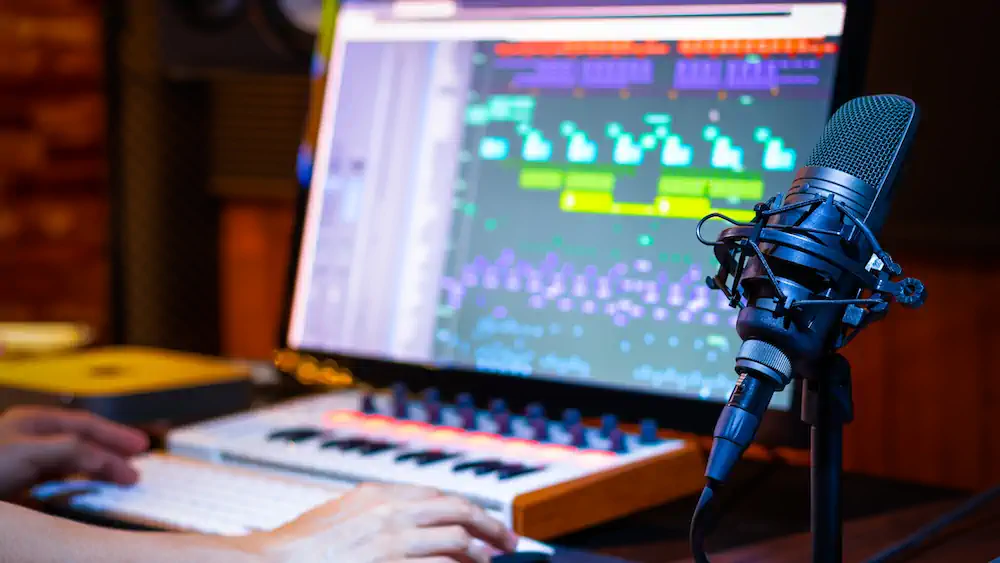
I’ve shared how artists can breathe new life into their work by intermingling genres and cultural sounds. This isn’t just about songwriting. It’s about how music constantly evolves, reflecting an ever-changing world.
One thing is clear: music refuses to be contained within rigid boundaries. As we’ve seen, the courage to blend hip-hop with country, or classical with electronic, can result in chart-topping hits that no one expected. These unexpected fusions can introduce listeners to entirely new sonic experiences and cultural perspectives.
Artists who are bold enough to step into the unknown, mix different genres, and tap into diverse cultural influences are often the ones who lead us into new musical eras. They are the trendsetters who don’t just predict the future of music; they create it.
As you leave this discussion, I encourage you to carry one thing with you: the spirit of experimentation. Whether you’re an aspiring artist, a seasoned musician, or simply a lover of music, stay curious. Embrace the unfamiliar. And remember, the next groundbreaking song might just be waiting at the convergence of cultures, styles, and your own unique creativity.
In the end, experimental songwriting isn’t just a technique. It’s a mindset. One that asks, ‘What if?’ and dares to answer it.
Want To Learn More?
Check out these posts:

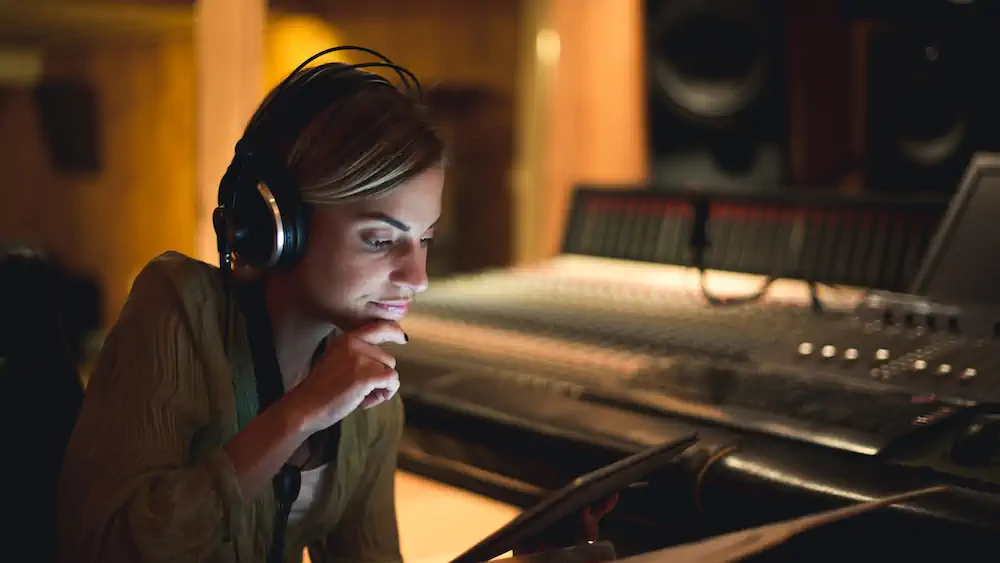


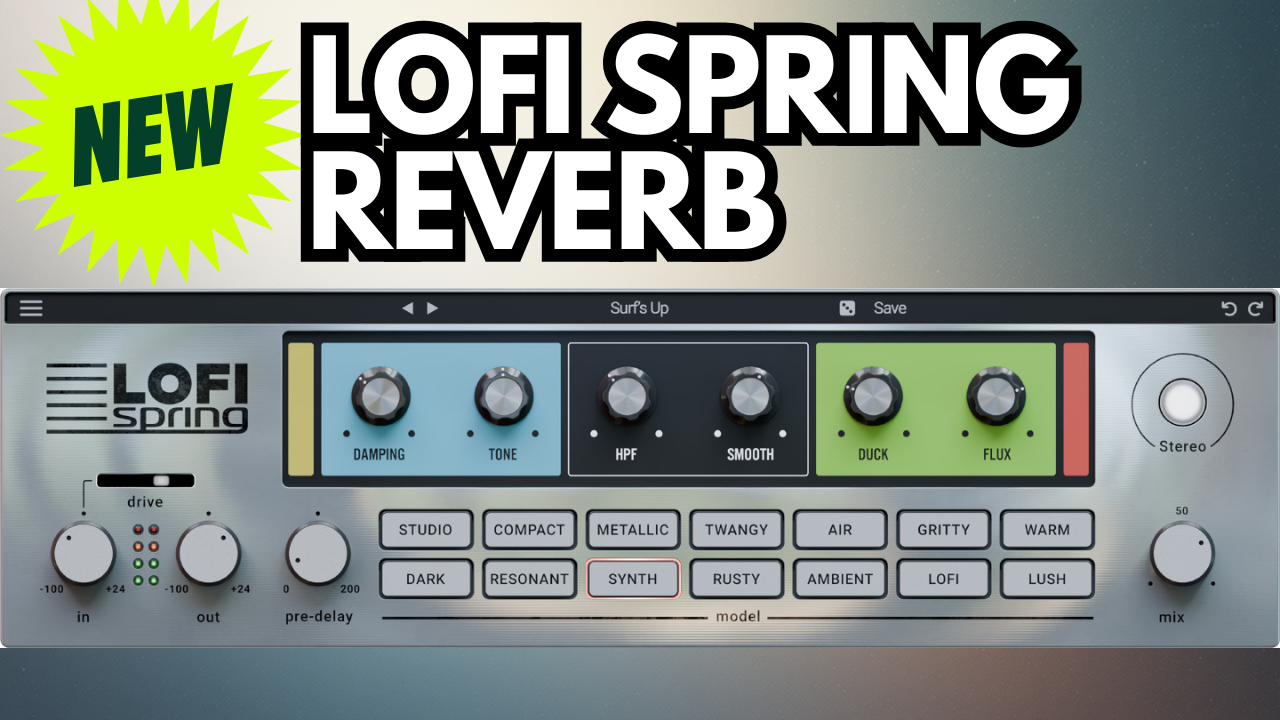
Leave a Reply